Eyewear Makeovers
Our staff are expertly trained to choose frames that best fit your face shape, complexion, personal style and visual needs
Learn More
Advanced Dry Eye Treatment
Dry eye disease can cause symptoms such as burning, fluctuating vision and redness. Advanced treatments address the underlying cause of inflammatory eyelid disease and can offer more lasting relief beyond the use of artificial tears
Learn More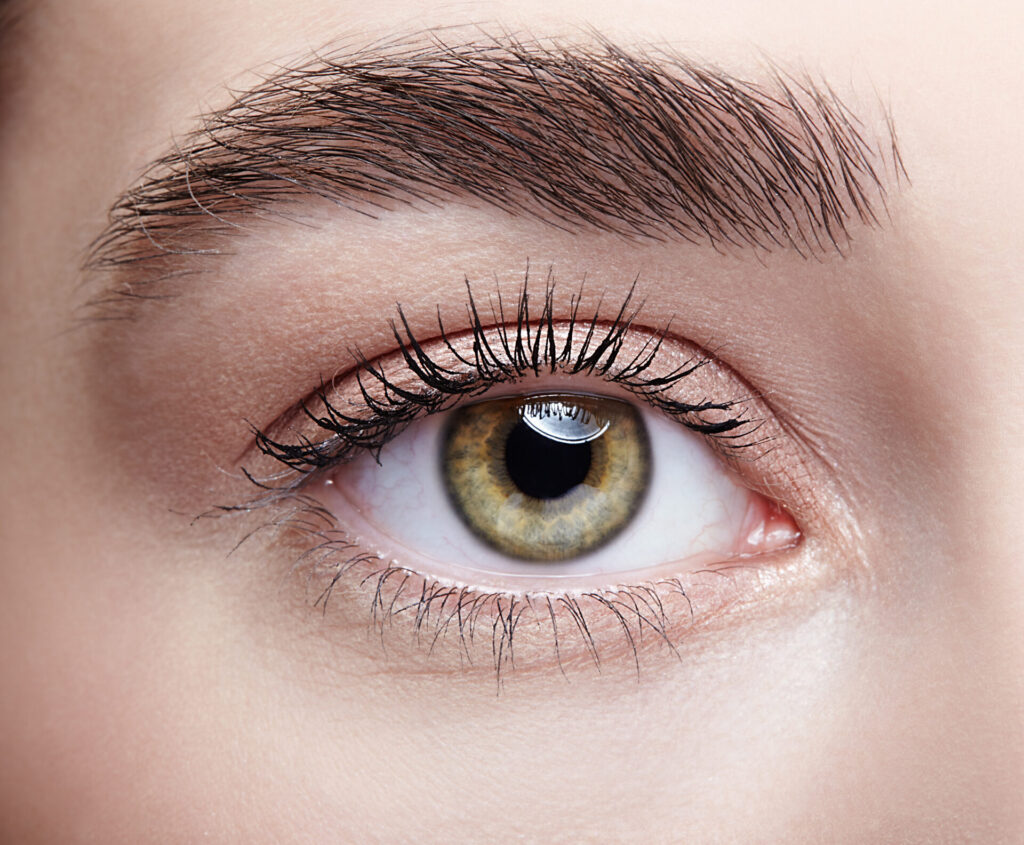
Concussion Management
Concussions can cause vision issues such as light sensitivity, headaches dizziness, balance issues, and fluctuating vision. Our clinic specializes in the treatment of vision issues following a concussion.
Learn More
Comprehensive Eye Exams
Our doctors offer thorough exams to assess your glasses prescription and ocular health using advanced imaging tools of the back of your eye
Learn More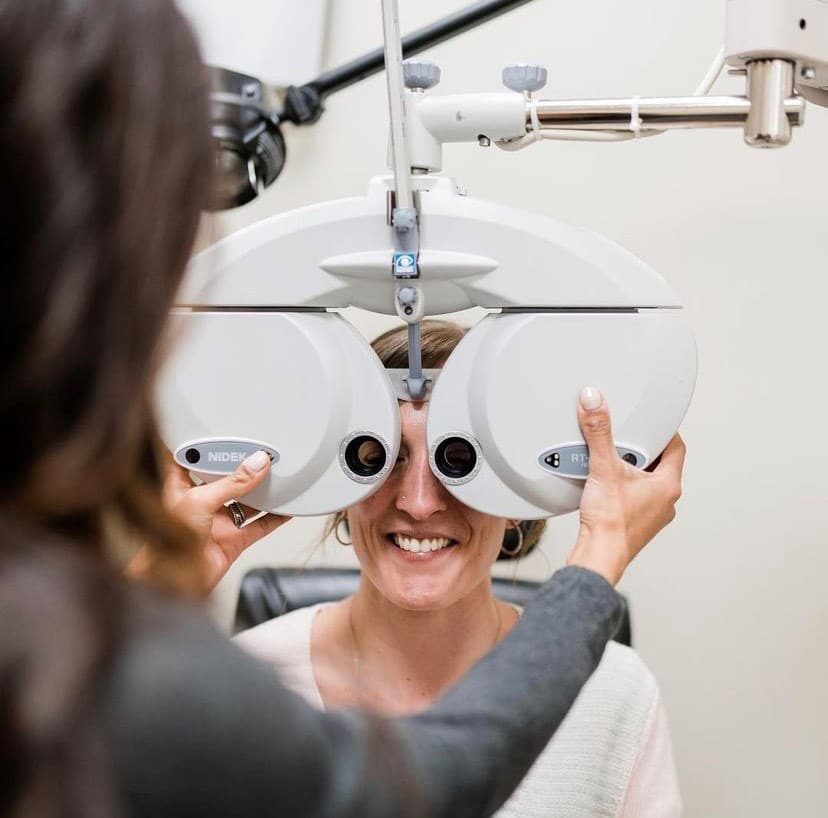
Vision Therapy
Vision therapy, is like physiotherapy for your eyes. Exercises can be performed to learn how to track, focus and align your eyes more efficiently, resulting in less fatigue and strain and greater comfort and efficiency with visual tasks such as reading, writing, computer work and driving.
Learn More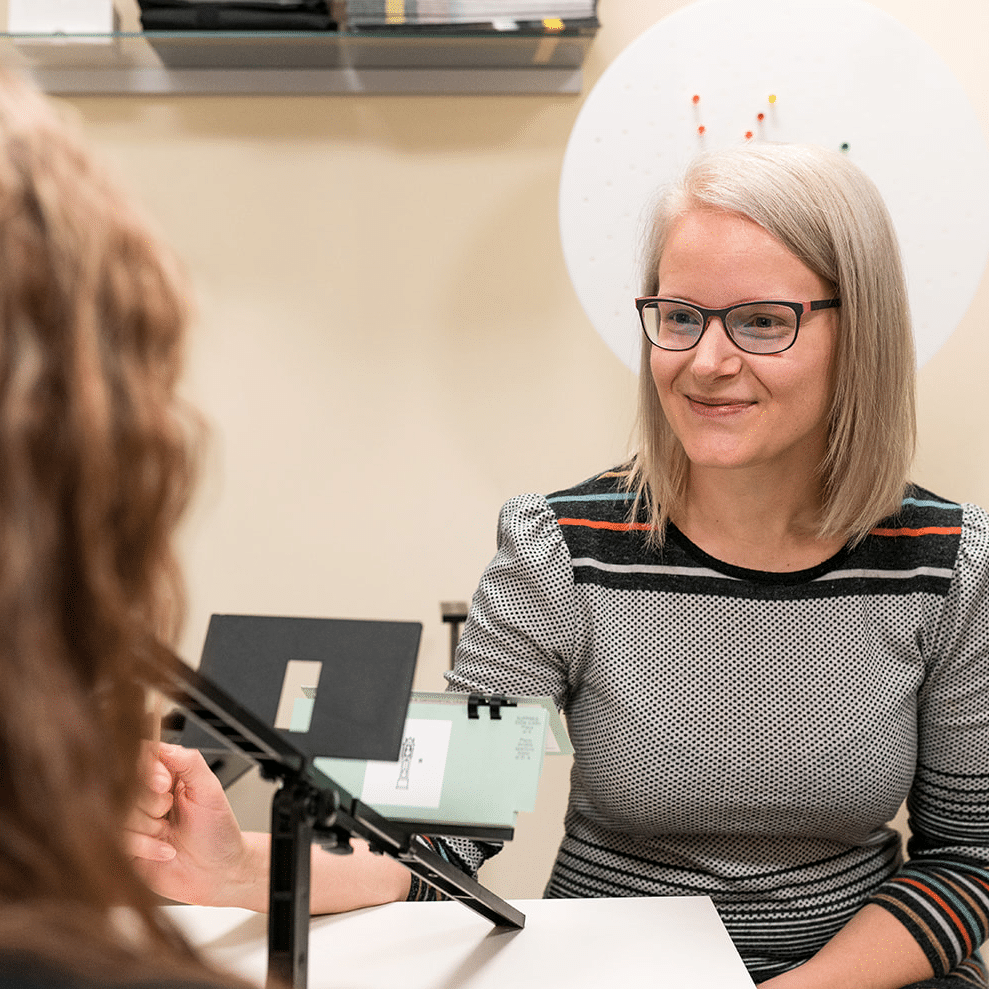
Treatment Of Vision-Related Learning Issues
Tracking, focusing and eye alignment issues occur in 1 in 4 children and can cause difficulty with reading, writing, spelling and math.
Learn More
Pediatric Eye Exams
Our doctors are trained in children's eye exams starting at the age of 6 months old
Learn More
Eye Emergencies (Pink/Red Eyes)
We offer same day appointments for any ocular emergency including red eyes, eye infections, eye injuries, loss of vision, flashing lights or floaters
Learn More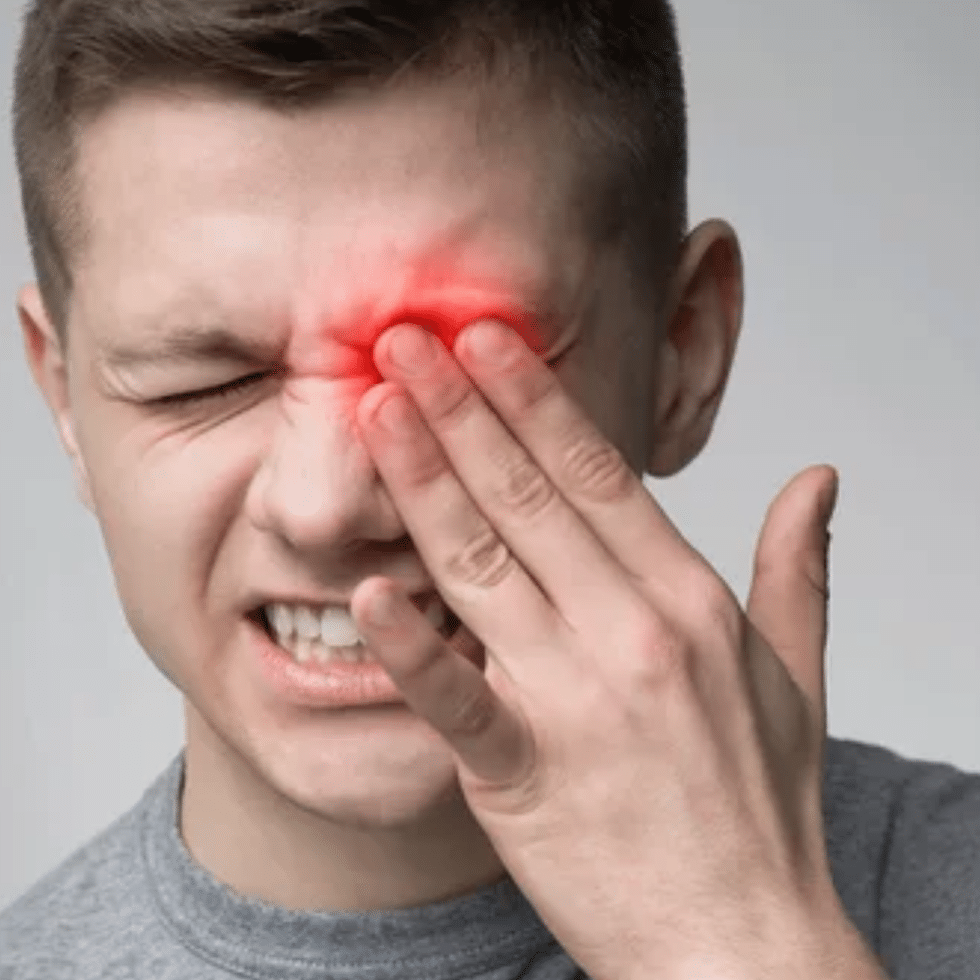
Management of Ocular Diseases
Our clinic features advanced diagnostic instruments that allow us to manage diseases such as glaucoma, macular degeneration, cataracts and more
Learn More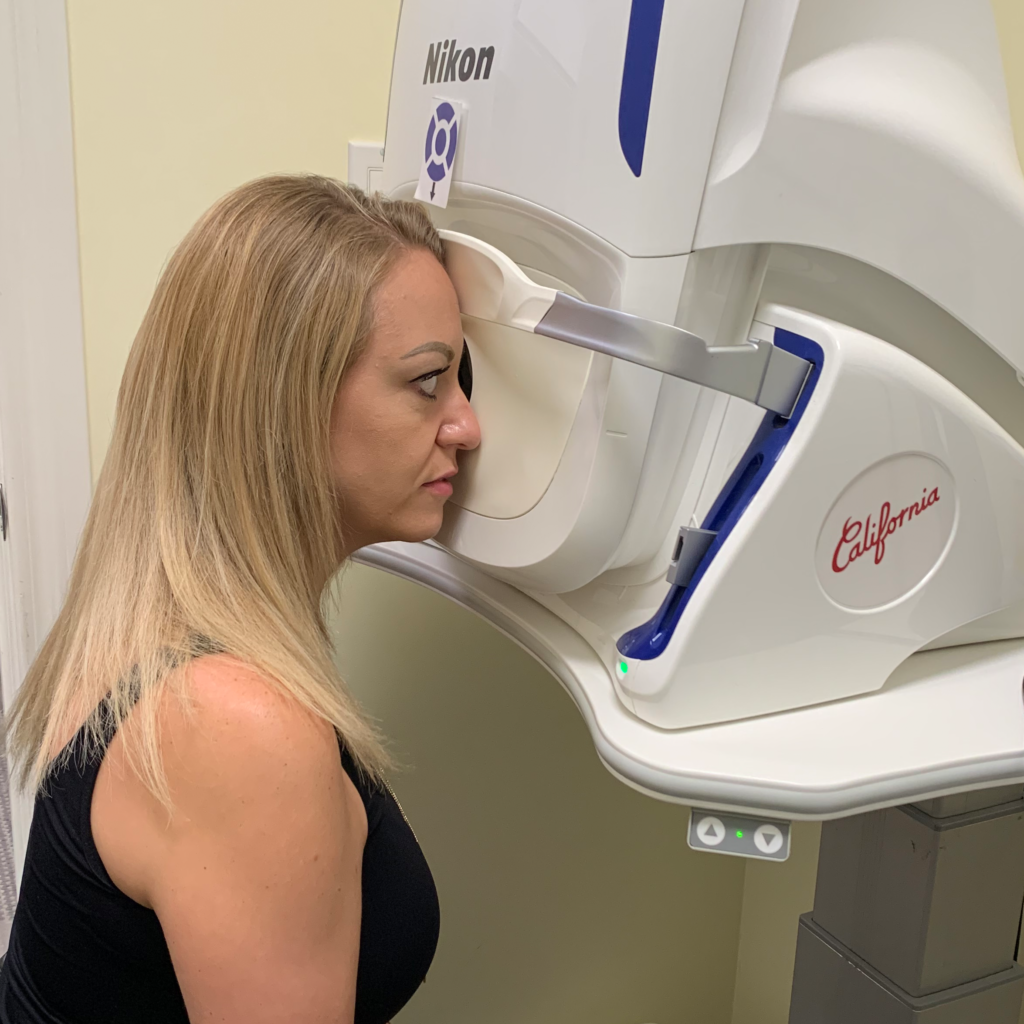
Glaucoma Testing
Our doctors are expertly trained in the management of glaucoma and our clinic has the highest level diagnostic instruments to aid in the detection and treatment of the disease
Learn More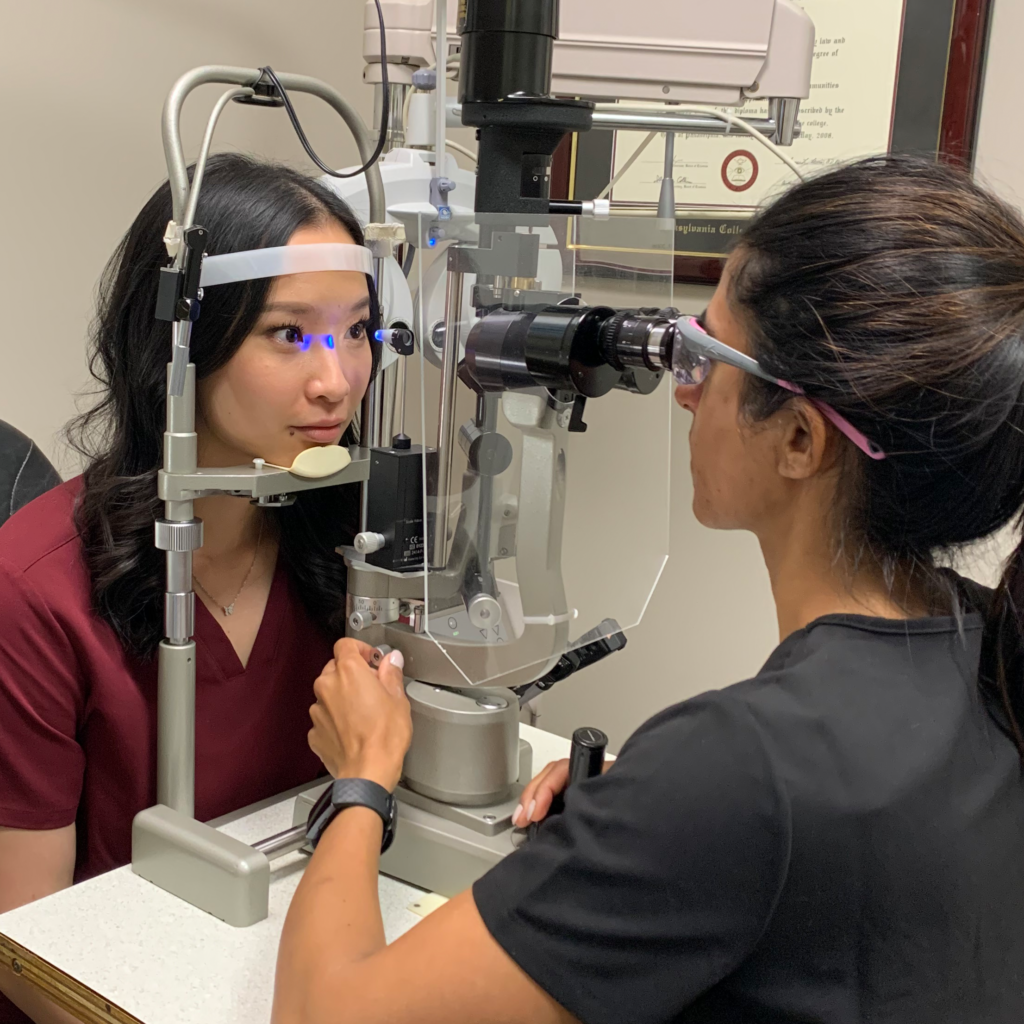
Myopia Management
Myopia (nearsightedness) is increasing in children more than ever before. Treatments are available to slow down the progression of myopia, therefore reducing the chance of diseases that are associated with it
Learn More
Advanced Dry Eye Treatment
This is a service we offer in our Dry Eye Clinic. For more information please visit the Vision by Design Dry Eye Clinic.
Go to Dry Eye ClinicConcussion Management
This is a service we offer in our Vision Therapy Clinic. For more information please visit the Vision by Design Vision Therapy Clinic.
Go to Vision Therapy ClinicVision Therapy
This is a service we offer in our Vision Therapy Clinic. For more information please visit the Vision by Design Vision Therapy Clinic.
Go to Vision Therapy ClinicTreatment Of Vision-Related Learning Issues
This is a service we offer in our Vision Therapy Clinic. For more information please visit the Vision by Design Vision Therapy Clinic.
Go to Vision Therapy Clinic